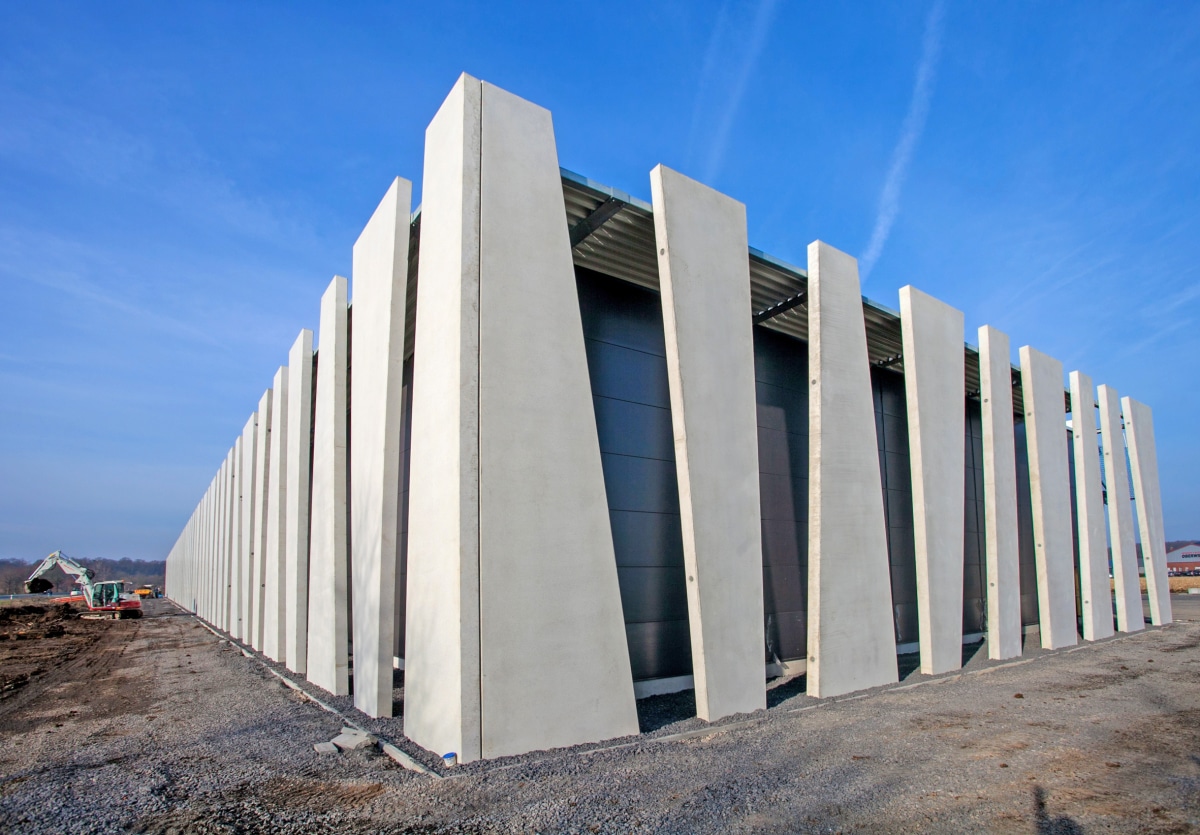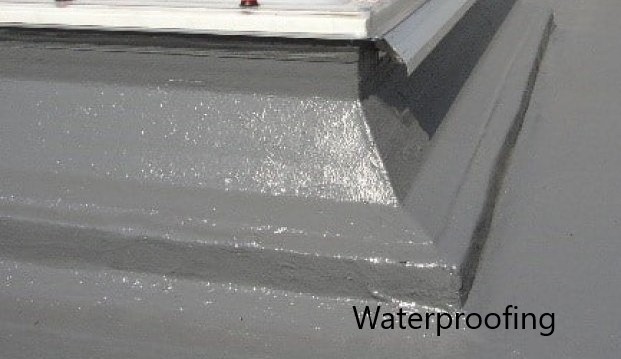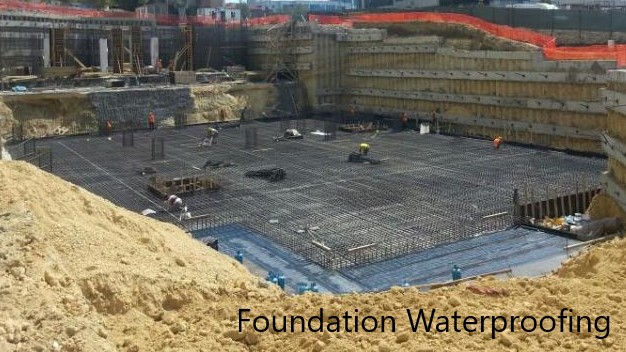Precast concrete is a versatile material that has become increasingly popular among civil engineers for its strength, durability, and cost-effectiveness. This material can be used in a variety of applications, from large-scale infrastructure projects to residential developments. In this article, we discuss the advantages and potential uses of precast concrete and discuss how civil engineers can take full advantage of this material.
Precast concrete is that it is a very strong and durable material. It is often used in applications where high levels of stress and strain are anticipated, such as in the construction of buildings and bridges. Additionally, precast concrete is also resistant to fire and weathering, making it an ideal choice for exterior applications.
Precast concrete can be used in a variety of applications, both large and small. Some common examples include floors, walls, beams, columns, pipes, and buildings. Additionally, precast concrete can be used for decorative purposes, such as in the construction of ornamental architecture.
Civil engineers can take full advantage of precast concrete by considering its potential uses in their projects. This material can provide many benefits in terms of cost, schedule, and performance.
One potential use of precast concrete that is often overlooked is the construction of retaining walls. Retaining walls are designed to hold back soil or water and are an important part of many civil engineering projects. Precast concrete is an ideal material for retaining walls because it is extremely strong and durable. Additionally, precast concrete walls can be constructed quickly and easily.
Another potential use of precast concrete is in the construction of culverts. Culverts are often used to direct water under roads or railways. Precast concrete culverts are a good choice for this application because they are resistant to corrosion and deterioration. Additionally, precast concrete culverts can be manufactured in a variety of sizes and shapes to meet the specific needs of a project.
There are many other potential uses of precast concrete, and civil engineers should consider all of these options when planning their projects. Precast concrete is a versatile material that can provide many benefits in terms of cost, schedule, and performance.

Characteristics of Precast Concrete Structures
- Comfort Level; Thermal Resistance
- Properly placed precast concrete buildings including walls, beams, slabs, and columns do not allow moisture to enter into the building through their joints.
- Expected fire rating can be achieved.
- Expected soundproofing/level can be achieved.
- Precast structures are durable with a good finish of it.
- Precast structures have low maintenance.
Advantages of Precast Concrete
Precast concrete is a manufactured building material that is used in the construction of commercial buildings, bridges, culverts, and other structures. Precast concrete is cast and cured before being put into place; it is not assembled on-site. There are several significant advantages to choosing precast concrete over cast-in-place concrete.
- Precast concrete is that it can be used to create custom molds for unique architectural features. Using cast-in-place concrete requires a mold or form to be built to shape the material, but using precast allows for custom shapes.
- Major advantage of precast concrete is that it can save time during construction. Construction crews can pour multiple elements at once instead of waiting for each one to cure individually, making the job easier and faster.
- Precast concrete is that it can be made more quickly than traditional methods. Precasting allows builders to make large batches with little effort at one time and then store them until needed for placement on site. Concrete can also be poured at the site itself instead of requiring transport from a remote location, saving both time and money on supplies.
- You have more control over the quality of your project when you use precast materials versus cast-in-place materials because you get to choose exactly what type of material you want when you buy your precast panels.
- It reduces construction time by up to 50%. This means less disruption for the public, which can cause you to lose customers. Precast takes less time to manufacture than traditional concrete products, which means you can get the exact sizes and specifications that you need without having to cut or change the size of your order.
- You also save money by using precast concrete as it is more cost-effective than traditional concrete even after taking into account the reduced build time.
- Precast concrete is easier and safer for your workforce as it requires far less manual handling compared with traditional building methods.
- The biggest advantage of precast concrete is that it can be produced off-site, which allows for faster construction times and reduced labor costs.
- Precast concrete is a sustainable alternative to traditional building materials like brick or stone because it requires less energy, water, and minerals to produce than other materials such as steel and brick – reducing the carbon footprint of buildings by around 50%.
- When it comes to high-quality, low-maintenance building material, precast concrete is hard to beat.
- It’s also easier to transport and install, so there are fewer delays in getting your project done.
- When compared to wood, steel, and other materials with similar properties, precast concrete tends to be more durable.
- It has a natural resistance to fire and weather damage, as well as rot and insect infestation. With proper installation and care, your precast concrete building will last for decades without needing repairs or replacements.
Disadvantages of Precast Concrete
- These precast disadvantages include the cost of labor and materials, durability, defects in the manufacturing process, and design limitations.
- It is extremely heavy, so some of its disadvantages are that if parts of the structure need replacement, then it would be rather difficult to do so. Its weight makes it difficult to transport and can pose a problem when transporting it over long distances.
- It is more expensive than standard concrete and it’s not as flexible. If you want to make changes, you’ll need to destroy the forms and start over.
- Precasting cement on site requires more time because multiple days are required for it to set before transportation occurs; this method makes it less efficient than casting individual pieces on site.
- Additionally, the cost of transporting precast pieces can make construction more expensive than desired at times.

Applications of Precast Concretes
Precast concrete is used in a variety of applications. Construction of precast structures can be done indoors and outdoors, depending on the type of structure required by the project.
Projects that require larger concrete structures, such as bridges and buildings, are often completed using precast construction methods.
Precast construction involves assembling and erecting parts of a building before pouring the main foundations or other main components. Prefabricated elements may be used in some cases for such purposes as floor slabs, wall panels, and staircases. Several different materials are available for use in constructing prefabricated concrete elements.
Precast concrete is used in a variety of applications, from large architectural structures to small decorative items. Here are some common examples of precast concrete: Architectural ornamentation, such as columns, arches, and panels Retaining walls and structural elements for highways and bridges Dock pilings, bridge piers, and bulkheads for marine applications Decorative sculpture for parks and public spaces.
Precast concrete can be used for almost any structural application. In buildings, precast products are often used for exterior applications such as floor slabs, walls, and curtainwalls. They can also be used in interior applications such as staircases or elevator shafts.
The most common uses of precast concrete include columns and beams that support floors, roofs, walls, and other structures as well as foundations for such buildings as homes, offices, schools, shopping centers, and parking garages.
Precast Concrete Elements in Structures
- Reinforced Concrete Columns and Beams
- Reinforced concrete slabs and prestress slabs.
- Bridge Beams
- Coastal Structures
- Channels
- Food Walls
- Culverts
- Water Tanks
- Septic Tanks


